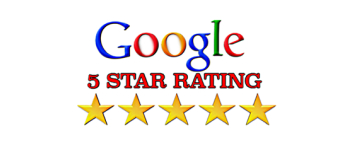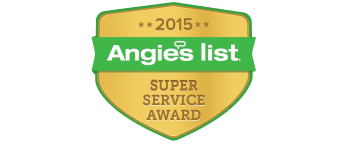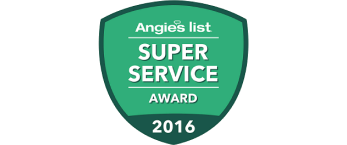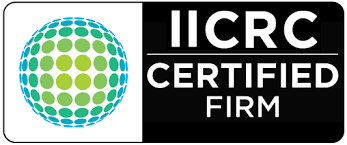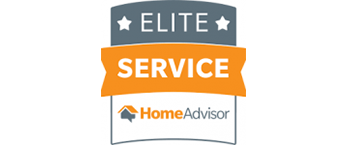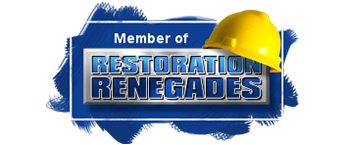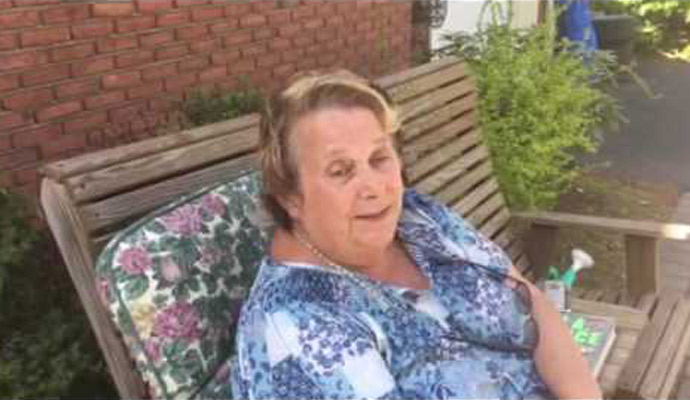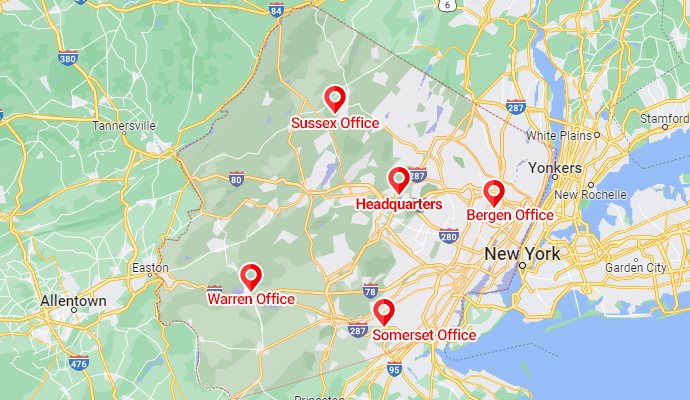Water Damage Categories
Understanding the Three Categories of Water Damage:
When your home is damaged in any way from water including flooding, plumbing issues, toilet overflows, and sump pump failures there are different classifications for how this damage is labeled. These classifications are there to help you and us at PDQ make sure that we are following the proper procedures to dry your home. This classification is also an important tool when talking to your insurance agent so that all parties involved have a clear understanding of the emergency. It is important to note that at any time a lower category level classification can turn into a higher-level classification due to increased contamination.

Category 1: This category is the least threatening and the most common. There is also the least amount of water absorption and area covered. This is not often a serious situation, but all water damage should and needs to be dried out. Some of the common sources of this type of contamination include tub/sink overflows, broken water supply lines, broken toilet tanks, and appliance failure, like a fridge. It is important to note that in any of these instances the water is uncontaminated and does not pose a threat in terms of inhalation or dermal exposure. The water in this category always originates from a sanitary source.
Category 2: In this category, the amount of water damage increases by a large amount. This often involves standing water and potentially covering an entire room or area. This entails that there is full absorption of water in materials and there is some potential structure water damage. The contamination of the water involved is approaching harmful levels and is due to both organic and inorganic matter. This involves overflows of toilet bowls that were full of urine but no feces. This category begins to show slight contamination and can often result in progression into Category 3 if not treated properly. The most important in this is the level of microorganisms that increase as time since the emergency occurred.
Category 3: The third category is the final and most contaminated category. In this instance, an immediate response is needed. The water and surrounding area is contaminated with pathogenic or toxigenic agents that are harmful. This often occurs due to problems regarding sewage. Some examples of this include a sewage line break, a toilet that is backed up and then overflows with feces, any flooding from seawater or water from outside sources such as streams. This water can carry hazardous materials such as pesticides or other toxic organic substances. In this case, it is important to call PDQ immediately to isolate the area and begin decontamination.
To summarize, there are three categories of water damage that vary in their level of contamination with higher numbers meaning higher contamination levels. When dealing with any threat of contamination please use proper care and do not attempt to clean anything that you are unsure of. It is important to talk to a professional when making these classifications and call PDQ Restoration in any emergency.

